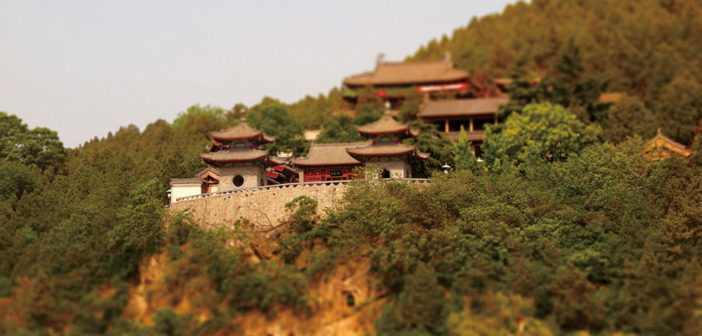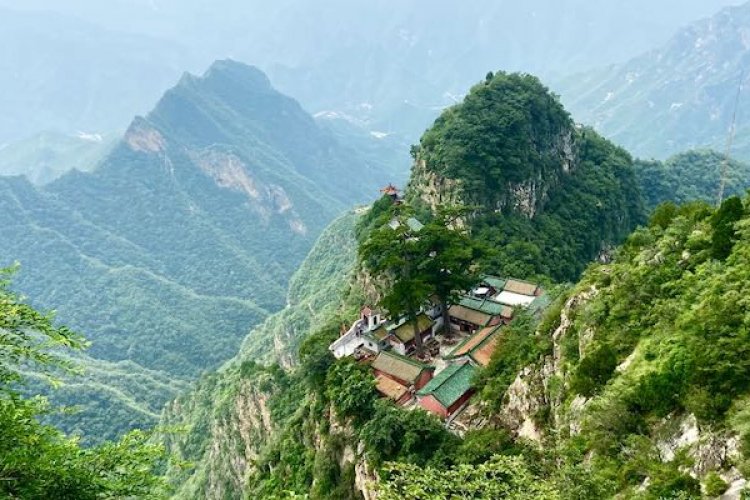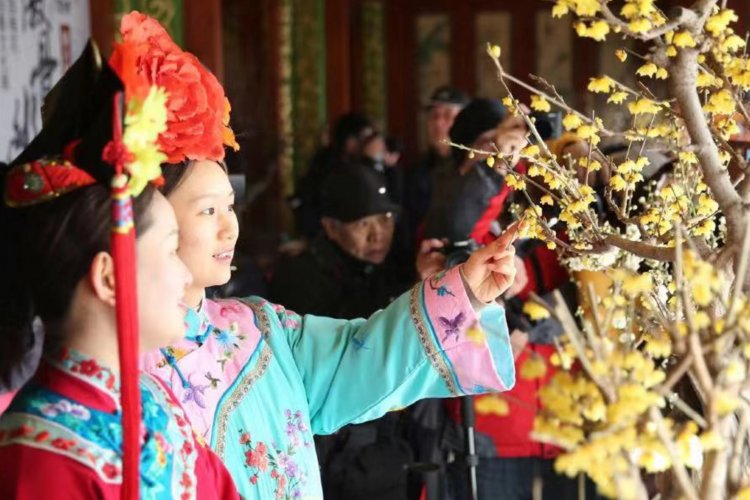Take a Hike: Minimize Expenditures and Maximize Enjoyment With Beijing’s Natural Attractions
Fragrant Mountain 香山 (Xiang Shan) (pictured above)
Difficulty: 1
Also called Jing Yi Yuan 静宜园, which means a quiet and delightful garden. Located about 25 kilometers outside of the city, its highest peak stands at about 557 meters tall. Xiang Shan is most renowned for its flaming red leaves in autumn. The slopes of Xiang Shan are covered with smoke trees, and when the air is brisk on a low pollution day, puffs of brilliant red hit against an azure fall sky. The cable car ride (RMB 80 for a one-way ticket) affords a stunning overhead view of the leaves. You may also visit Bi Yun Temple for RMB 10 and a combined entrance ticket for both Xiang Shan Park and Bi Yun Temple costs RMB 15. Mid-October to early-November is the best time to visit if you’re going for the leaves.
RMB 10 except from November 16 to March 31, RMB 5. 6am-6.30pm, except in July and August, closes at 7pm, and November to March, closes at 6pm. 40 Mai Mai Street, Haidian District (6259 9886)
海淀区买卖街40号
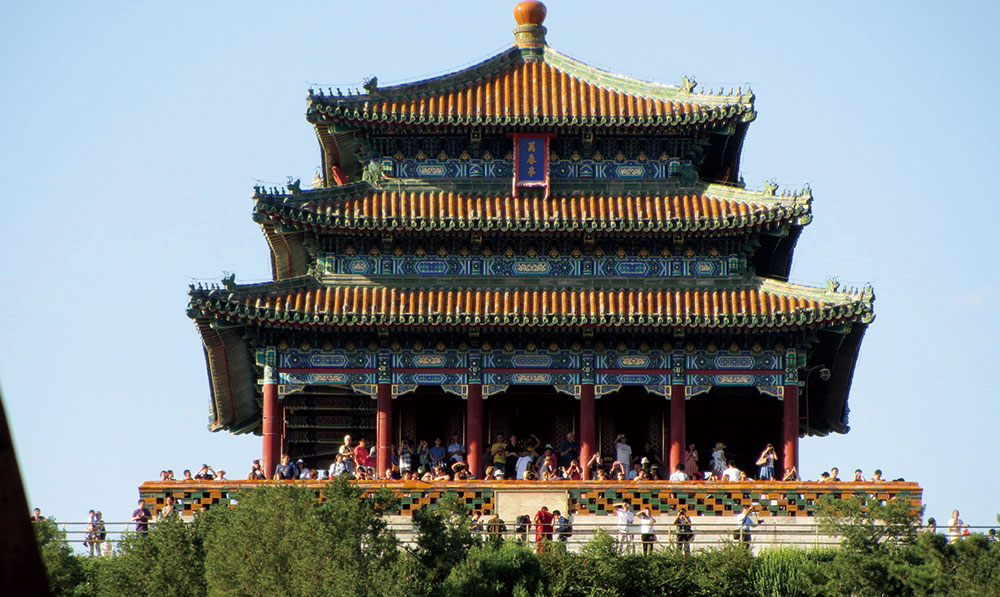
Scenic Mountain 景山 (Jing Shan)
Difficulty: 1
Occupying a central location in the city of Beijing, Jing Shan served as a garden for the imperial family in both the Ming and Qing Dynasties (960-1911). The peak within the park called Zhong Peak is the highest point in what is considered the old town area of Beijing. Upon that peak sits a pavilion called Wan Chun Ting 万春亭, meaning a pavilion of ten thousand spring times. The city has marked the literal center of the city of Beijing within this park. Another place of note is the tree where the Chongzhen Emperor, who was the last emperor of the Ming Dynasty, allegedly committed suicide by hanging himself with his belt when Beijing was invaded. The original tree was cut down during the “cultural revolution” of the last century, and the tree that is there now was planted as a replacement.
RMB 2, except during flower exhibitions or other special events, RMB 10. 6.30am-9pm, ticket sales stop at 8.30pm, except from November to March, 6.30am-8pm, ticket sales stop at 7.30pm. 44 Jing Shan Xi Jie (Jing Mountain West Street), Xicheng District (6403 8098)
西城区景山西街44号
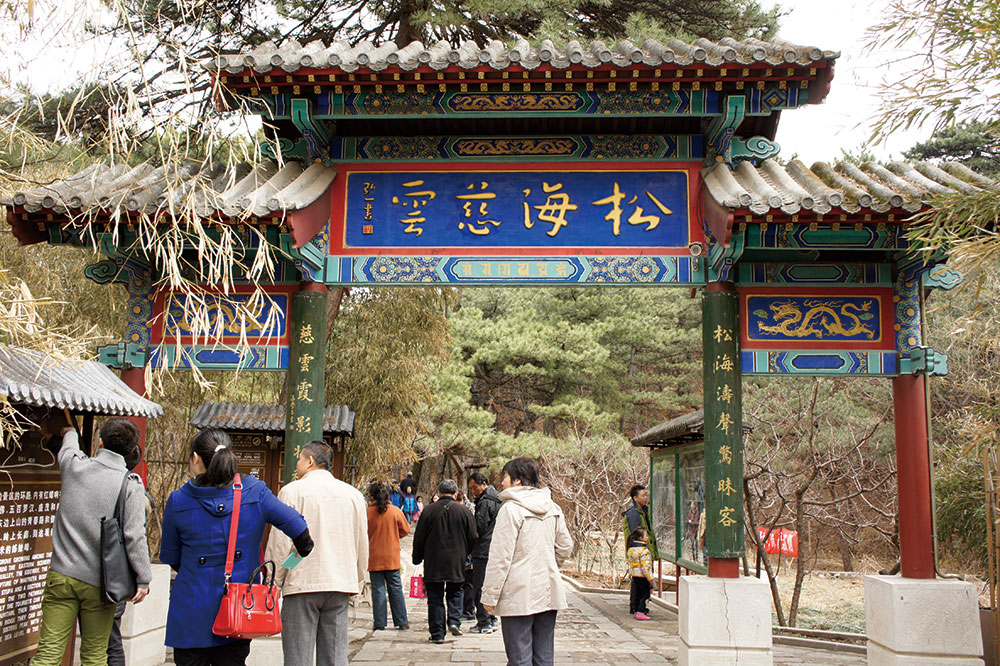
Red Conch Temple 红螺寺 (Hong Luo Si)
Difficulty: 2
The largest Buddhist forest park in northeastern China, Buddhists oft visit and pay their respects, even since ancient times. Large amounts of greenery and ancient trees with large canopies reaching outwards and providing refuge from the sunlight make this is a great summer destination for a family outing. There are many flowers and red leaves in the autumn for visitors to appreciate. The imperial bamboo forest in front of the entrance to the mountain has been there for over 600 years. In front of one of the main buildings called Da Xiong Bao Dian, there are two ancient gingko trees said to be a couple, with one of them that flowers but yields no fruit, while the other only yields fruits but never flowers. There is a mountain coaster ride available for RMB 50 one way and RMB 80 round trip.
RMB 54, RMB 27 (students, military personnel, senior citizens). 8am-4.30pm, except Oct-Mar, 8.30am-4pm. Hongluo East Road, Huairou District (6068 1175)
怀柔区红螺东路
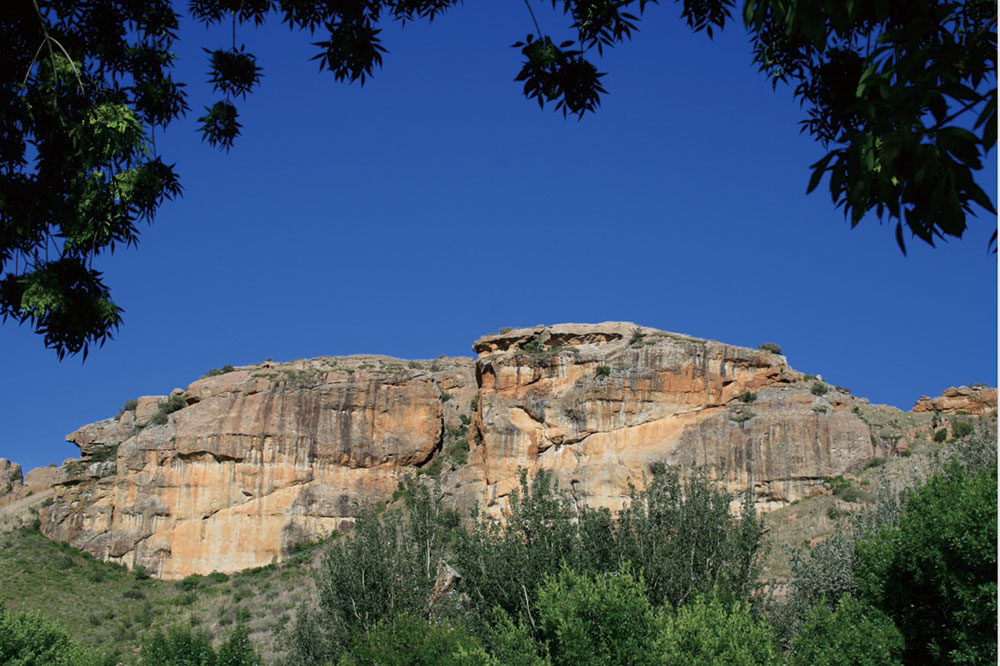
Upper Mountain 上方山 (Shang Fang Shan)
Difficulty: 2
As a national forest park located 70 kilometers outside the city featuring dense forests, caves, and a great diversity in the species of plants, Shang Fang Mountain has plenty to offer the exploration-inclined mind. Among these plants are over 100 species of plants that has medicinal properties. There are also ancient trees that are aged over a thousand years old. On top of the mountain is a temple that may be reached only by climbing 262 stone steps. Within the mountain are nine caves, that most well known of which is called Yunshui cave, meaning “the cave of clouds and water.” You may also see a spring inside the mountain, amongst other noteworthy sights.
RMB 40, RMB 32/person (groups of 30-plus), RMB 20 (students,visitors aged 60-65), free (above 65, handicapped visitors, and children below 1.2m tall). Mon-Fri 8.30am-4pm, Sat-Sun 8am-4pm, Shuiyun Cave closes at 3.30pm. Shengshuiyu Village, Hancunhe Town, Fangshan District (6131 5518, 6131 5309)
房山区韩村河镇圣水峪村上方山国家森林公园
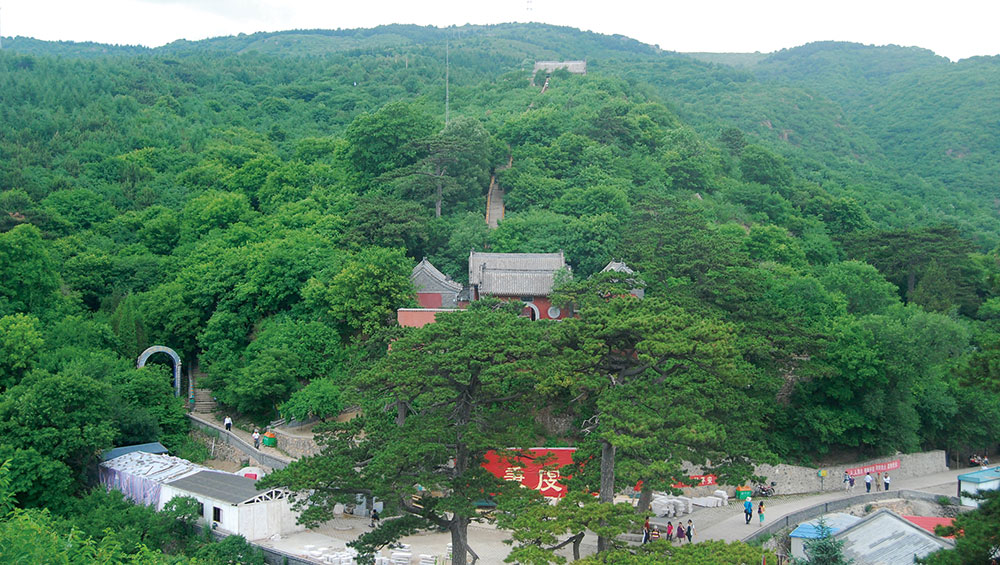
Mountain of Mystical Peaks 妙峰山 (Miao Feng Shan)
Difficulty: 3
Located about 60 kilometers outside CBD Beijing, it’s well known for a temple that has been a popular destination for burning incense and sending good wishes and prayers for many generations. Hikes here are rewarded with views of pine trees and large rocks with fascinating shapes. In spring there are peach blossoms and in the autumn the leaves turn red and also makes for a lovely, scenic trek. The top of the mountain also affords a breathtaking view of the city of Beijing. If you want to get away from town for a weekend and get some exercise with your family amidst unusual trees and strange stones, and visit one of the most famous temples of Beijing, this is the place for you.
RMB 40, RMB 20 (students and visitors aged 60-69 with ID), free (kids under 1.2m tall and visitors aged above 70 with ID). Mon-Sun 8am-5pm. Zhenjianggou Town, Miaofeng Mountain, Mentougou District (6188 2936)
门头沟区妙峰山镇涧沟村
This article originally appeared on our sister site beijingkids.
Photos: Wikimedia Commons
Related stories :
Comments
New comments are displayed first.Comments
![]() WayDaLone
Submitted by Guest on Tue, 10/04/2016 - 18:39 Permalink
WayDaLone
Submitted by Guest on Tue, 10/04/2016 - 18:39 Permalink
Re: Take a Hike: Minimize Expenditures and Maximize Enjoyment...
A real cool place to visit is the SILVER FOX CAVE. Absolutely amazing. Huge caverns 100 of meters underground with ancient stalagmites and stalagmites galore. The name of the cave derives from a millions of years old crystal formation that someone somehow figured looks like a silver fox. There`s even a subterranean lake. Very well worth the trip. The final buzz of the trip is walking out of it. A set of seemingly never-ending stairs that goes straight up on a about a 40 degree angle. It`s about a 45 minute drive north west of Beijing out on highway 108 in the Fangshan district.
Another super cool place is the underground city in Beijing. The door to that place is an unassuming one tucked away between two other businesses but it leads you into a huge underground type bunker that can hold thousands. I think Mao built it when he was worried about his neighbors.
![]() ab13uk
Submitted by Guest on Tue, 10/04/2016 - 10:17 Permalink
ab13uk
Submitted by Guest on Tue, 10/04/2016 - 10:17 Permalink
Re: Take a Hike: Minimize Expenditures and Maximize Enjoyment...
The address is a welcome addition as would a brief note on how to arrive through public transport.
Validate your mobile phone number to post comments.

